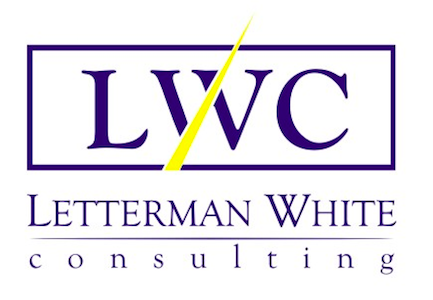What began as the field research project evolved into a three-year consulting relationship. The initial engagement focused on a stalled business strategy implementation - a plan developed by another consultant that had failed to gain traction.
Through data collection and analysis using the Lawler and Worley Build to Change strategy model, I discovered that unresolved questions about the firm's core identity were blocking progress. The key challenge was creating an environment where senior leaders could discuss these sensitive but crucial identity issues. The model highlighted the critical connection between identity and strategy and also the dependency upon certain competencies needed to implement it - particularly effective communication.
A fundamental barrier was the organization's adversarial communication culture, where individuals would:
Take rigid positions and defend them aggressively;
Listen selectively to find ways to strengthen their own arguments; and
Focus on defeating opposing viewpoints rather than understanding them.
To address the core identity issues, this communication pattern needed to transform. The organization needed an environment where diverse perspectives could be openly shared, genuinely heard, and thoughtfully integrated.
Finding no existing change model that adequately addressed communication culture transformation, I developed an innovative approach. I adapted motivational interviewing techniques for the data collection phase, conducting one-on-one interviews that prepared individuals for subsequent feedback sessions. The data revealed a consistent pattern: criticism routinely derailed productive discussions.
The breakthrough came during a feedback session where I overlaid these findings with the Lawler and Worley model. This presentation resonated with a key opinion leader who candidly acknowledged, "we have none of the competencies and capabilities" needed for strategy implementation. The silence that followed created space for a crucial shift toward skill development and action planning.
The senior leadership team then developed a comprehensive change initiative that went beyond their initial strategy concerns. Over the next three years, I supported their transformation from an adversarial communication culture to one embracing open dialogue, active listening, and collaborative problem-solving. This shift enabled honest discussions about fundamental aspects of their business, revealing they operated with two conflicting models: one rewarded immediate revenue generation with increased compensation, while the other - focused on business leadership and developing innovative efficiencies - went uncompensated despite creating long-term value. Resolving this compensation structure disconnect became the key to unlocking their stalled strategy implementation.

